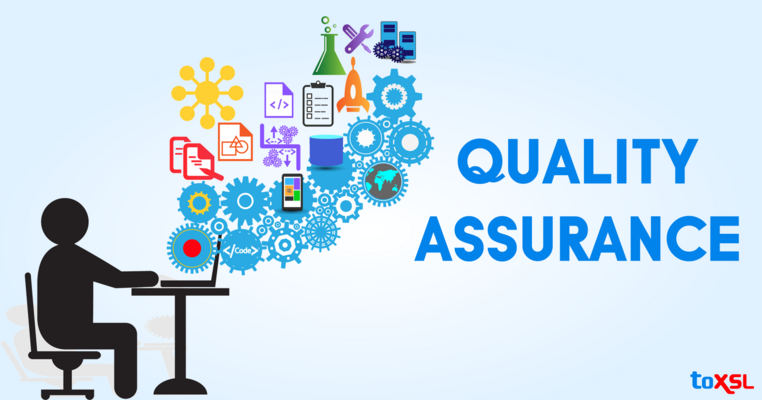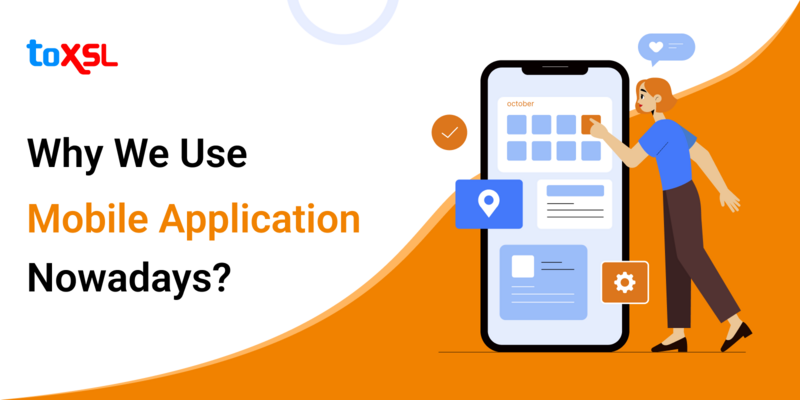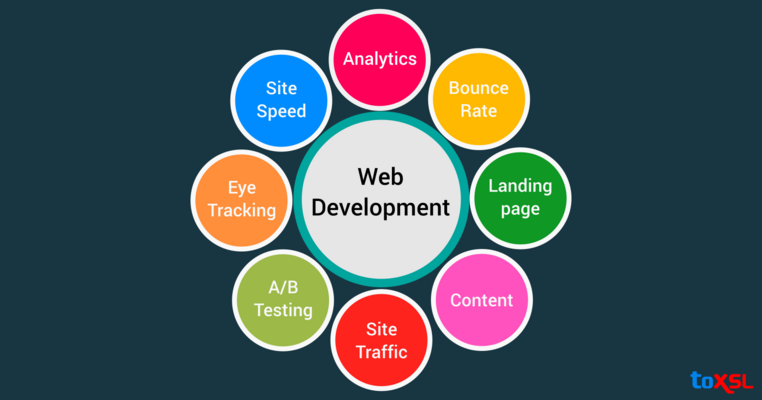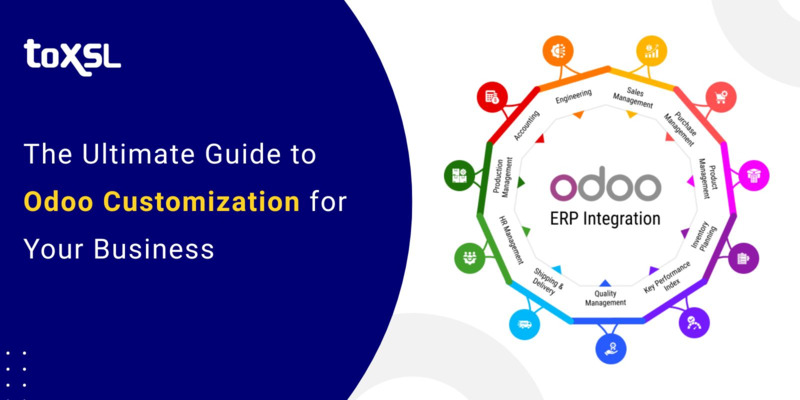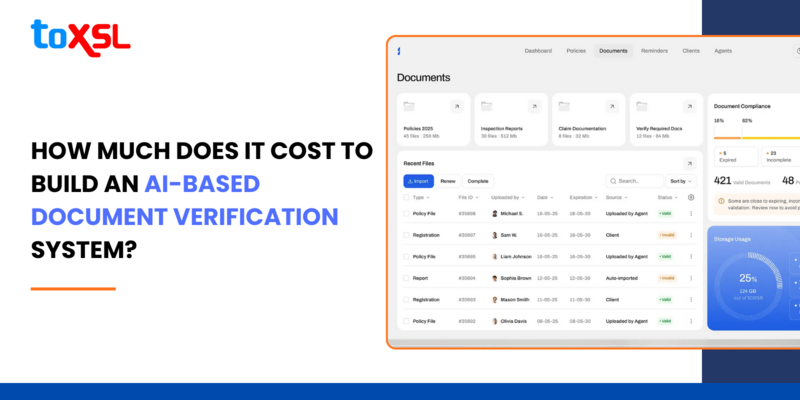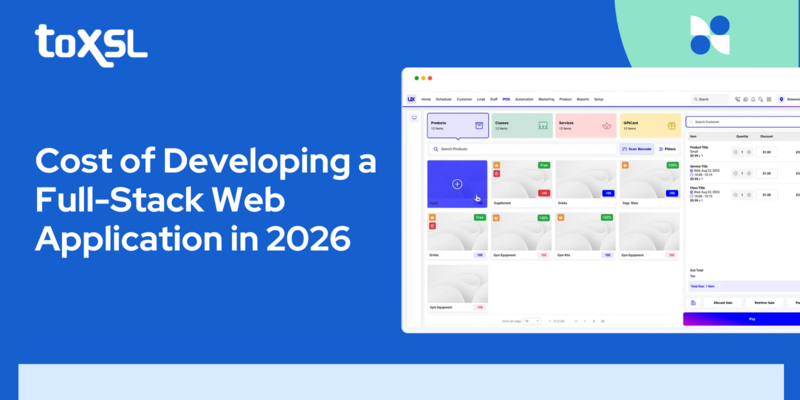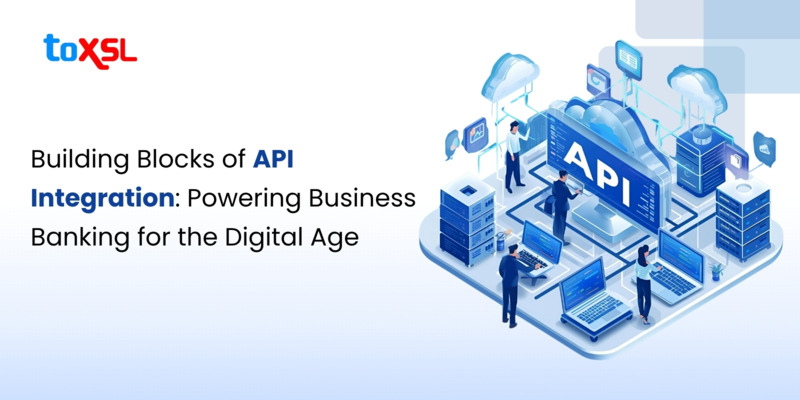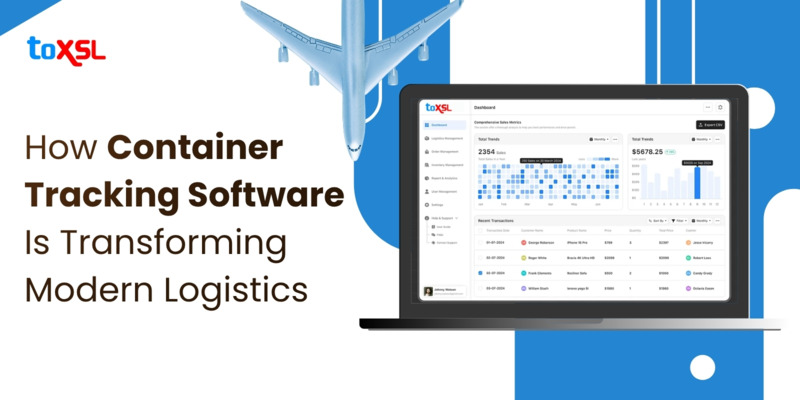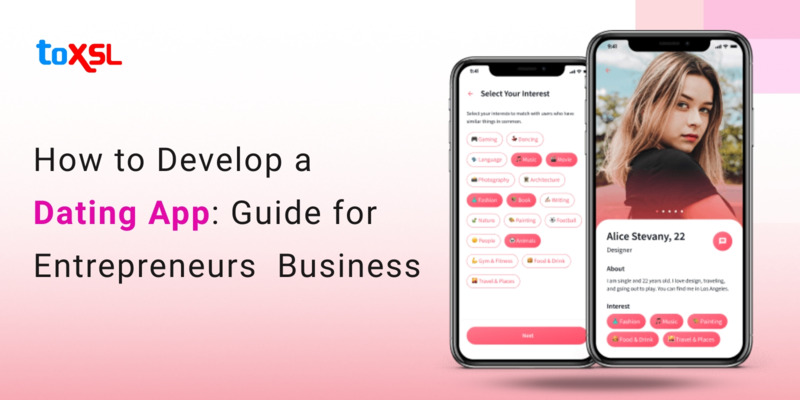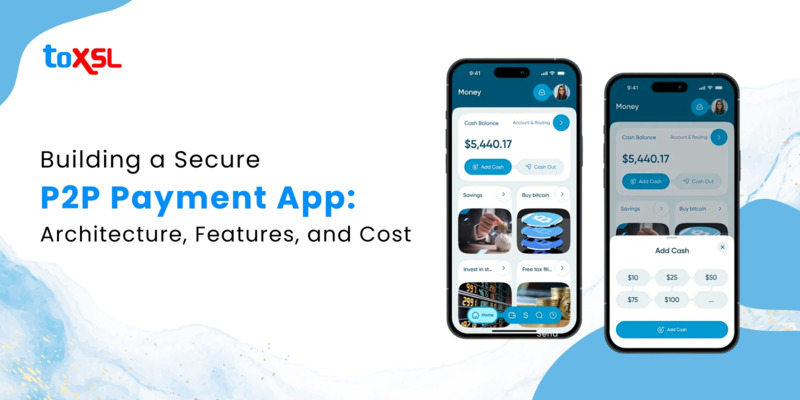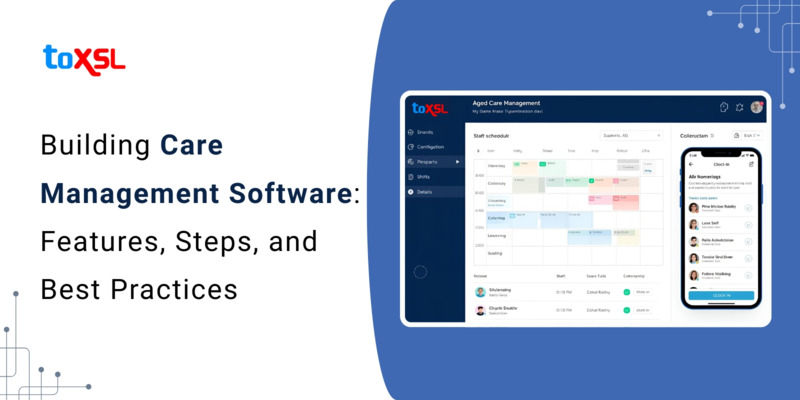- Dec 23, 2025
Share this post on:
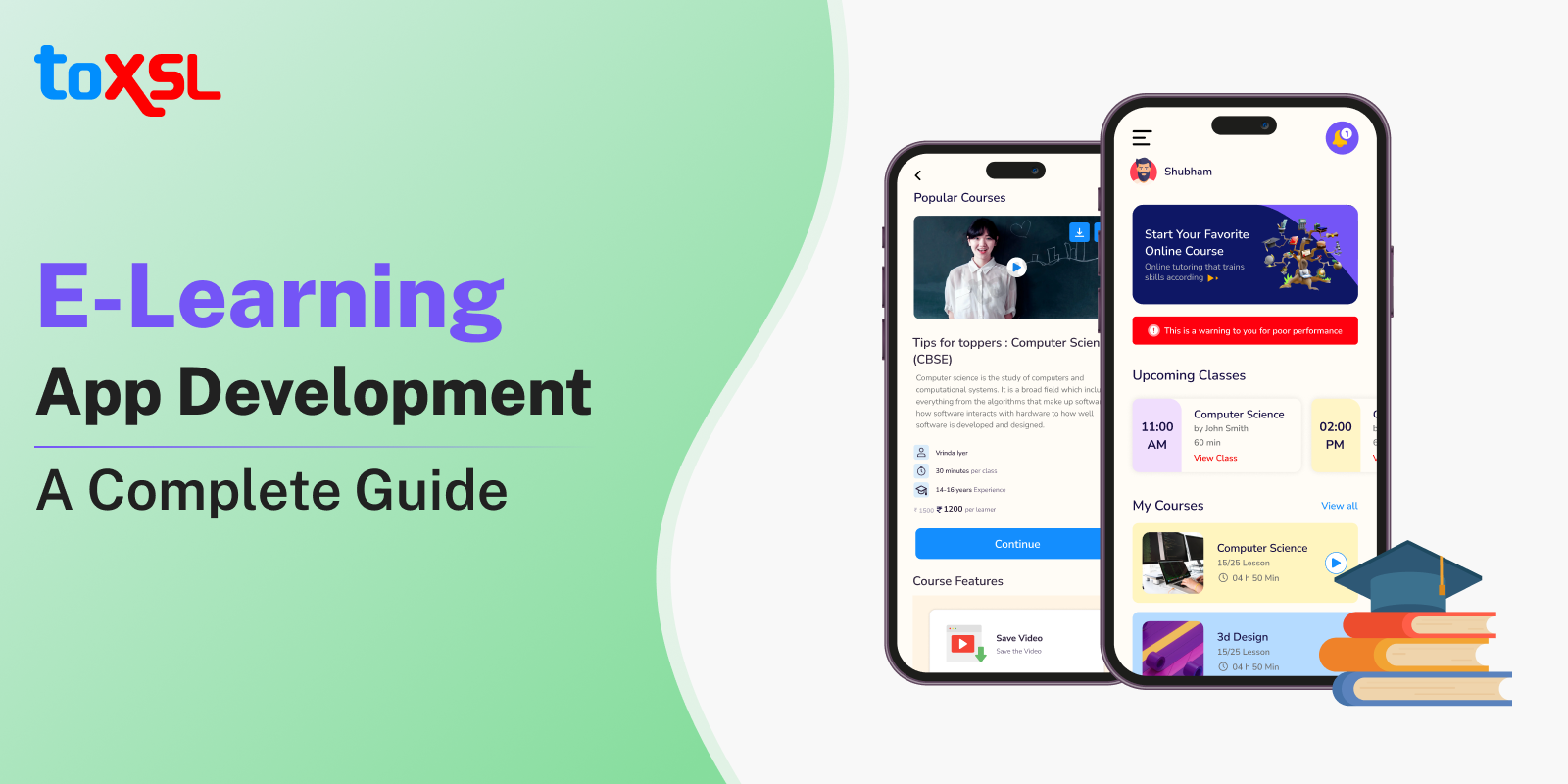
Education is the most crucial sector that leads to the development of the country. To become literate is no longer a luxury, but it is essential to survive in the modern world. As the world is transforming and the role of technology is on the upsurge, e-learning apps are no left behind. As the pandemic has forced education to move towards online channels, e-learning apps continue to witness rapid growth.
The schools and institutes have realized the importance of these apps, and now the whole education system is in the hands of E-learning applications. The apps offer to learn to the students from their homes, and that makes them study anywhere & anytime.
Are you planning to take your learning to the next level? You must develop an e-learning application that has now become the need of the hour.
The blog offers you all the basic and necessary steps that help you develop the perfect application for your education platform.
What are E-learning applications?
The E-learning applications now are fulfilling all the educational and institutional purposes. It includes classroom applications, test applications, and much more. The learning applications serve a special purpose that helps the users to learn well and continue their education learning trend without any hassle.
Mobile learning market insights
- The E-learning market is expected to rise by $350 billion by 2025 that is triple from a $107 billion market in the year 2015.
- There was a 90% surge in e-learning after the pandemic in March 2020.
- This is the era of technology, and it has become vital for the students to continuously enhance their skills to safeguard jobs for the future.
- Since the school's closure during the pandemic, the edTech industry has received a huge opportunity to prove its worth.
What are the benefits of educational apps?
Mobile applications allow children to enhance their skills and knowledge within the comfort of their homes. It offers a plethora of other benefits that include:
1. Offers Flexibility
Flexibility is one of the best things offered by e-learning applications. It allows users to learn whenever and wherever they want. Children can choose to study whenever think they can focus. However, with the school and college classes, it is the responsibility of the teacher to decide on the timings and ensure that the students are on time before the class starts.
2. Diverse learning
The apps are not only limited to the classroom curriculum. Rather the institutes have different applications that allow the students to learn and acquire new skills, learn new languages while getting information on various other fields.
3. Self-Paced Learning
Focusing on all children is tough for teachers, therefore, applications come to play. The graph and statistics on the application help them achieve dynamic results, the level of user, what they have learned, and more via the assessment approach.
4. Save Money and Resources
When it comes to e-learning, it is the most affordable platform for students to learn. Money is the most important factor when it comes to education. These applications save your commute charges, the tuition fee, and also allow the institutes to save a lot. They don’t have to pay building rents for their institutes. With education scheduling software, teachers can easily manage their time and plan lessons more effectively.
Different types of E-Learning applications
Apps for Learners
It helps the users to learn the education content for individual purposes for their career purposes. Here are the sub-categories that you can target:
1. For a specific purpose
These applications fulfill the goal of the learner. It can be any language, new skill, and coding classes, cooking classes, or more. They serve a single purpose, and Duolingo is one of the best examples of such an application.
2. For Kids
These are usually designed to help kids engaged, and may include colors, rhymes, sketching, & more. The number of apps for the kids on the Play store continues to increase. The best examples of such applications include Khan Academy and WhitehatJr.
3. For Exams
These applications serve the purposes of offering knowledge and information to the users about how to prepare and clear different examinations. The exams include SAT, TOEFL, Civil Services, and other high-level examinations.
4. For Educational Information
The applications contain information on different education topics that can be in the form of video lessons, audio, and documents. To make it easier for users to grasp long documents, an AI Summarize API can generate clear, concise summaries
Apps for Teachers
Here are the sub-categories for the app for teachers:
- Apps for planning
- Apps for scheduling
- Apps for Analysis
- Apps grading
Business model of E-Learning Apps
1. Free Trial
It is an important monetization strategy. Here, the content is offered to the users for free for a limited period. When the subscription is over, the users need to pay for it. After this, access to the content is available to you only after you make the purchase.
2. Freemium
This feature allows the app owners to earn when they buy the registration plan. For normal subscription users, limited access to the content will be available.
3. Ads
In this business model, you can earn by offering an advertisement space to third parties in your educational mobile app. You have different options for this. App owner earns commission by collaborating with the partners
4. In-App Purchases
This business model allows the users to purchase different items or pay for using some interesting features available on the app. For every purchase, the app owner can earn.
Must-have features of E-Learning applications
Now it is time for the educational institutions to think and integrate all the necessary features. However, here are the must-have features in any education app.
1. Login/ Signup
The login/signup for the app should be simple. You can create an account with email, phone number, and other social media credentials like Facebook, Linked In, and more.
2. User profile
Through these dashboards, users can check which courses they participate in and adjust to their schedules. Here, they also can add their account details like subject, age, education, etc.
3. Material for Learning
The learning material is the most crucial. The learning material depends on the educational apps & can be categorized as:
- Video/ audio materials
- Interactive exercises
- Online courses
4. Social networks integration
The application offers various tasks for the users, and the user can share their achievements with friends.
5. Push Notifications
Push notifications are essential for user engagement retention. It notifies the user about the opportunity to get a discount, new features, any course updates, etc.
6. Search functionality
The advanced search functionality allows the users to find the courses instantly. Also, the teachers can adjust to the programs they teach.
7. Payments
While making the payment, security is a major concern. Therefore, the apps should offer a convenient method of payment inbuilt that includes credit/debit cards, PayPal, etc.
Cost of educational Mobile App development
The cost of e-learning applications depends on various factors. In general, the cost of developing an application can cost you around $5000-$25,000. The factors that affect the cost of the e-learning app depend on:
- The Platform
- The Location
- Company Hourly Rates
- Technology Stack
E-learning apps are the future of education
As the world is moving faster towards a digital pace, the education sector has seen major growth. The educational institutes have realized and now understand the need for delivering education to all students via the online medium.
If you have an idea for the app, look no further and contact ToXSL. We have an expert team of developers and designers who can help ensure your app meets your vision and the demands of your intended users. If you are ready to develop your app, so let’s get started today!



